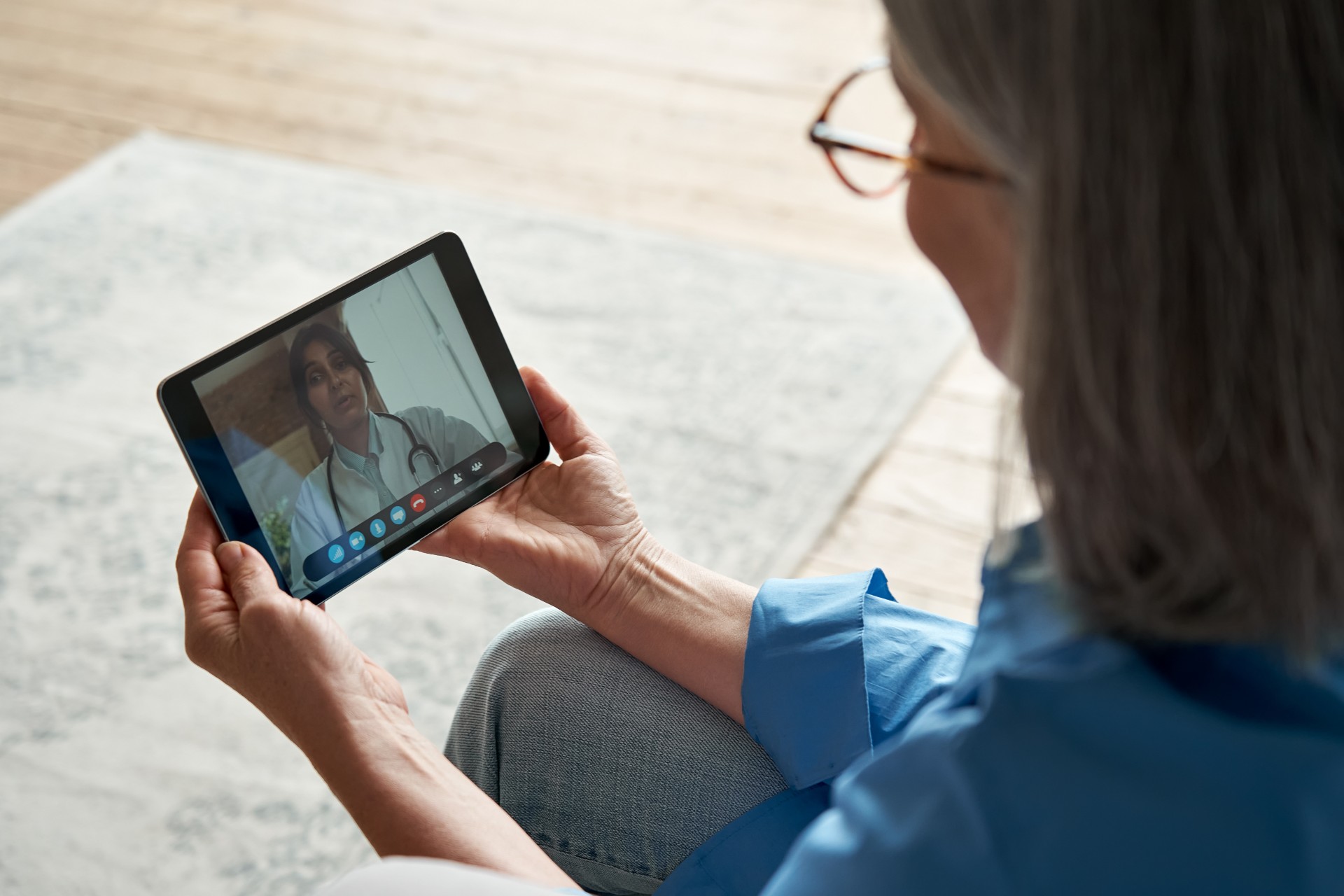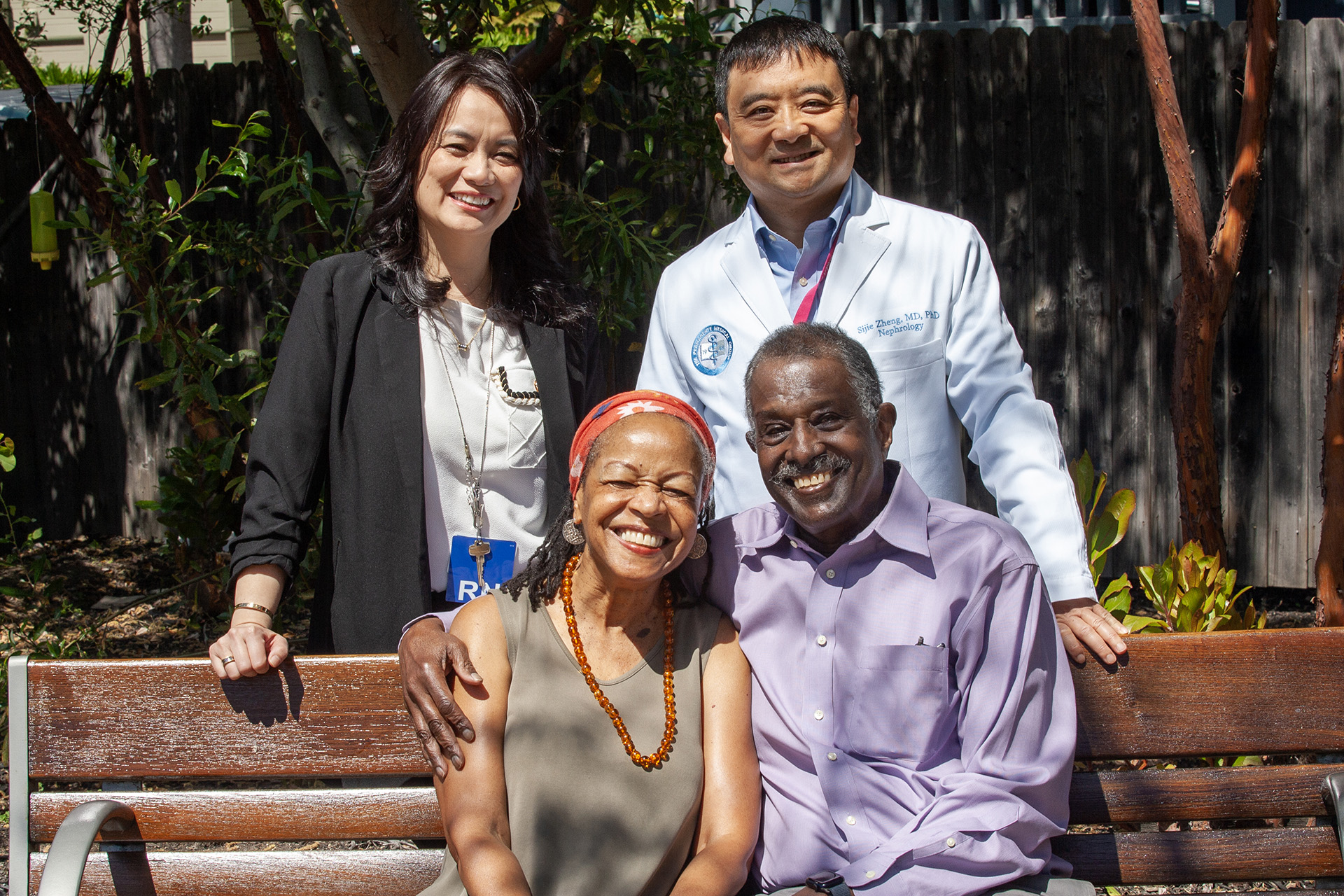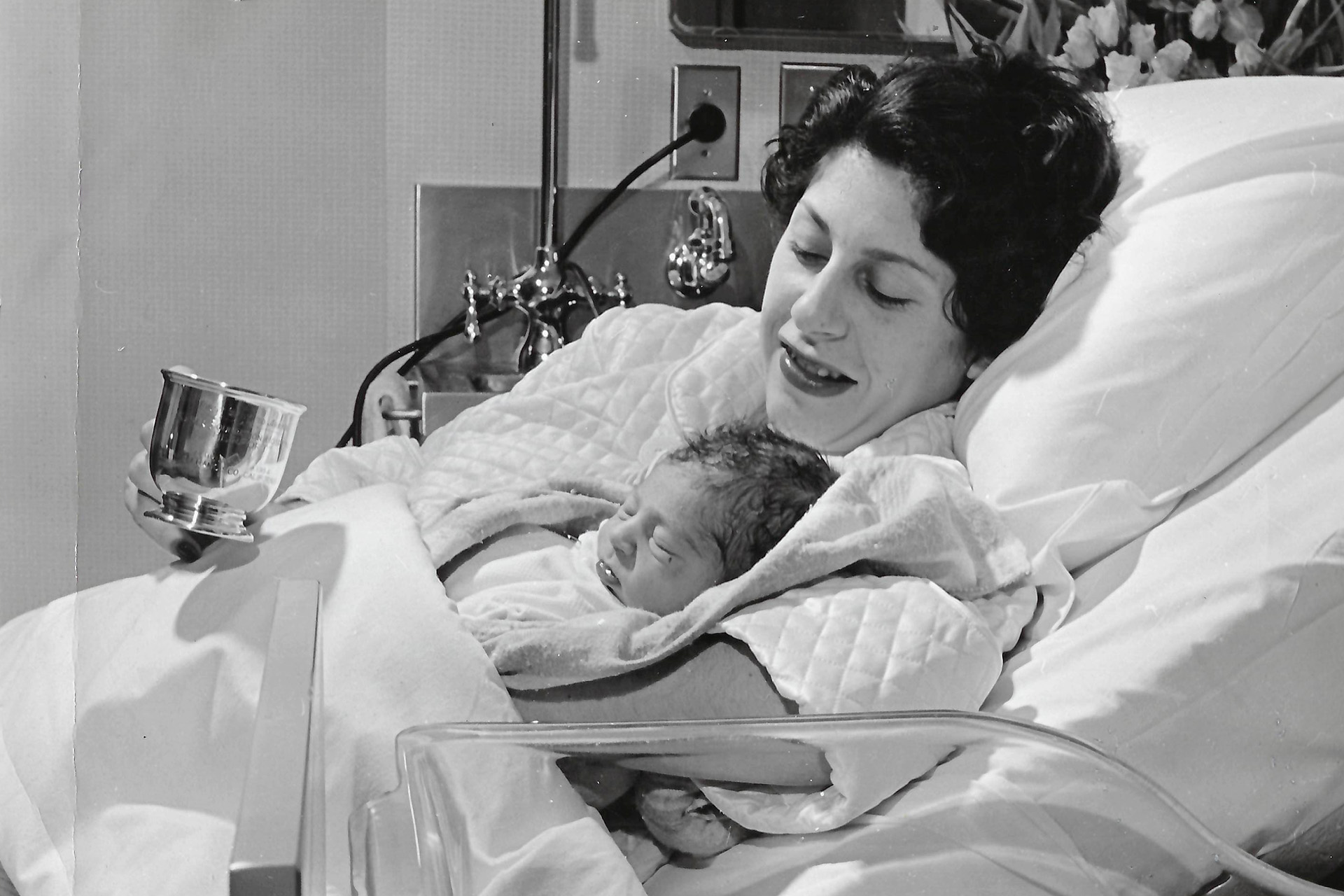At the height of the pandemic, telehealth usage was at all all-time high among Kaiser Permanente Northern California members. Patient visits via video or phone grew from 16% before the pandemic to 74% in 2020, according to The Permanente Medical Group.
Although those numbers have dropped as members feel more comfortable coming into Kaiser Permanente medical centers, telehealth remains a fundamental aspect of quality care and empowers members to choose where, when, and how they access their care.
Today, Kaiser Permanente Northern California members use telehealth for mild and common concerns for nearly 50% of their care and 25% to 30% for all forms of outpatient care. This includes video, phone, and email interactions between patients and physicians and other health professionals.
And, it’s proven popular with 80% of Kaiser Permanente patients reporting being satisfied with their telehealth experience in 2020.
“Telehealth provides a convenient option for patients to receive high-quality care and it increases access for patients who may have difficulties coming in person, for example due to geographical distance or work schedule,” said Edward Lee, MD, executive vice president of Information Technology for The Permanente Federation. “Bringing our clinical expertise to our patients when they need it and where they want it creates highly satisfying experiences.”
Telehealth evolution improves patient experience
Telehealth capabilities at Kaiser Permanente continue to expand by leveraging technology. E-visits have become a popular form of care. They provide advice, tests, and prescriptions without a trip to the doctor’s office for concerns such as cough, cold, flu, allergies, COVID-19, and urinary tract infections, for example.
Members log onto kp.org, fill out a short questionnaire about their symptoms, and are then connected to a physician within 2 hours between 7 a.m. and 7 p.m.
“E-visit have been a huge success,” said Scott Tsunehara, MD, regional medical director for the Appointments and Advice Call Center. “We know from data that e-visits and telehealth have lessened the need for patients to visit their physician in person, saving them time and getting them care faster.”
“Our goal is to provide our patients with as many care choices as possible while simultaneously creating a consistently great patient experience with improved patient outcomes.” – Kevin Hart
Artificial intelligence is also being developed to match members more accurately with the right care as quickly as possible.
“AI allows us to filter patient emails or requests to quickly connect people to the most appropriate staff member,” Dr. Tsunehara said. “It has the potential to decrease response times for members and connects them to the right person the first time.”
Recently, Kaiser Permanente redesigned its member app and website to make them even easier to use. Member satisfaction with the digital experience rose from 86% to 92%.
Improved access for vulnerable communities
Not only has telehealth been shown to enhance the patient experience, improve outcomes, and expand access to routine care, it also helps overcome care barriers for underrepresented and rural communities.
“It’s a significant benefit for our rural and underserved communities to tap into the same high quality of care without having to come into the medical center,” said Dr. Tsunehara. “It’s a big advantage for folks who don’t have easy access to our medical centers or facilities.”
The future is virtual
Kevin Hart, Kaiser Permanente Northern California senior vice president of Strategic Development and Technology, said that just as the electronic medical record became foundational to care 15 years ago, telehealth is now the same. And this is just the beginning.
Virtual health technology is being used across Kaiser Permanente in at-home patient monitoring programs, such as blood pressure monitoring for pregnant patients and expanding access to hospital care at home. Virtual monitoring is also saving lives in the Advance Alert Monitor program.
“Our goal is to provide our patients with as many care choices as possible while simultaneously creating a consistently great patient experience with improved patient outcomes,” said Hart.
Learn more about Kaiser Permanente telehealth services.





This Post Has 0 Comments